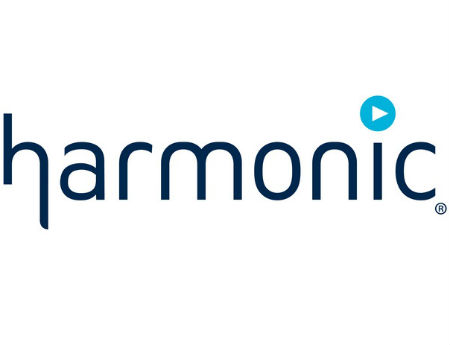Cable-Tec Expo: Harmonic Virtualizes the CCAP

Keying on a major trend that will impact the future of the cable access network, Harmonic has introduced CableOS, a virtualized, software-based version of the Converged Cable Access Platform (CCAP).
Harmonic is entering the vCCAP game as cable operators start to consider a shift away from centralized, monolithic CCAPs, which combine the functions of the cable modem termination system and edge QAM, and eye more distributed, scalable architectures that can be controlled and manipulated by software in tandem with commercial off-the-shelf (COTS) hardware.
Get complete coverage of Cable-Tec Expo 2016
Harmonic said CableOS runs on COTS Intel servers installed in headends, hubs or data centers, and that MSOs can add servers as they need to tack on additional capacity.
Going with a virtualized approach could also help Harmonic gain more traction in a CCAP sector that is dominated today by Arris, Cisco Systems and Casa Systems, which are also working on vCCAP products. Harmonic will also be looking to fend off others that are aggressively pursuing this market, including Huawei and Nokia, which recently acquired a virtual CCAP-focused startup called Gainspeed.
RELATED: Nokia Puts Gainspeed Buy to Work
“We believe that this a great opportunity to address key challenges that current solutions don’t resolve,” particularly when it comes to space and power requirements as well as future capacity growth, Asaf Matatyaou, vice president of solutions and product management for Harmonic’s cable edge business, said. “We’re seeing unprecedented growth, and pain points that are reaching our customers’ operational and financial limits…We feel like we’ve solved the great equation.”
Multichannel Newsletter
The smarter way to stay on top of the multichannel video marketplace. Sign up below.
Harmonic’s new offering is a remote PHY platform that works in tandem with a software-based core that that works with the edge devices. That combination can also support centralized deployments as well, Matatyaou said. . In centralized CCAP situations, Harmonic’s NSG Pro can serve as the video core/PHY shelf.
RELATED: Casa Systems Intros Virtual CCAP
Harmonic claims that its approach can help MSOs reduce space and power by up to 75% when used in a centralized CCAP deployment or more than 90% in a distributed remote PHY scenario.
Regarding the remote PHY element, Harmonic plans to come out with modules that can fit into existing nodes from other suppliers as well as its own nodes that are tailored for the virtualized approach.
RELATED: Harmonic Seeks Edge With ‘Distributed’ CCAP
Matatyaou said a barrier has been crossed in terms of having access to the right mix of CPU power and software capabilities to bring a vCCAP to bear, and could lead to a day when operators can avoid having to go through upgrade cycles of purpose-built CCAP hardware – from cards to the chassis themselves.
Harmonic sees CableOS playing a role early on in systems where the centralized CCAPs are starting to be tapped out – from a space and power standpoint – and need a sustainable path forward as they add capacity. That might not be the case across an MSO’s entire footprint, but could enter play where an operator is feeling the heat from a competitor like Google Fiber.
Harmonic said CableOS is in trials with multiple tier 1 cable operators in North America and Europe. Initial deployments of CableOS expected to begin in Q4 2016, Matatyaou said.
Harmonic (booth 1948) is debuting CableOS at this week’s Cable-Tec Expo in Philadelphia.
